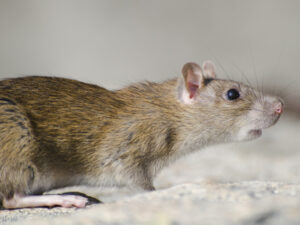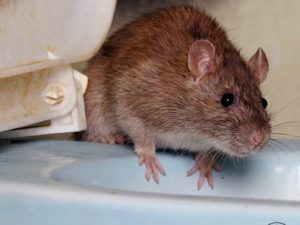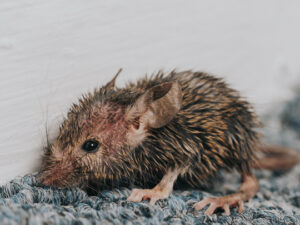
Norway rats are globally distributed and they are the primary rat pests in urban areas of the United States. While much has been learned about Norway rats, many researchers state that studying their behavior in urban areas is quite difficult due to their small size, their ability to hide in inaccessible locations and their favored habitat below the ground within sewers where they cannot be easily observed. In an effort to learn more about how Norway rats move through cities and interact with urban environments, researchers have been studying how the rodent pests use their sense of smell to locate resources, and how their attraction to certain resources influences where they go.
Rats thrive alongside humans, where they feed on small bits of food scraps in hidden locations. Due to this behavior, rats have been exploiting human environments ever since the dawn of agriculture, and they followed humans during early population migrations throughout the world. Over the past several thousand years, rats have only improved upon their ability to exploit human environments. Today, Norway rats can enter homes and buildings by squeezing through holes as large as a quarter in diameter, and they even travel upward into homes from sewer environments, which is why they are occasionally found emerging from toilets.
As a result of dwelling in both filthy sewers and human dwellings, rats can expose humans to a number of disease-causing microorganisms. However, rats also transmit diseases directly through their saliva, blood and excrement, and indirectly by serving as host for disease-spreading arthropods, namely ticks and fleas. Surprisingly, rats are vectors of Lyme disease, Rocky Mountain spotted fever, Toxoplasma, Bartonella, and Leptospira. Rats also carry a number of other diseases that have yet to be named, and a 2014 study found 18 new diseases carried by rats in Manhattan. Recent studies have seen researchers monitor the daily activities of urban rats with GPS devices, and they found that male rats forage 24 hours a day, while female rats forage only in the morning. Urban rat research involving GPS monitors will also help to determine when and where particular pathogens enter urban rat populations.
Have you ever encountered a rat, or multiple rats, in a big city?













